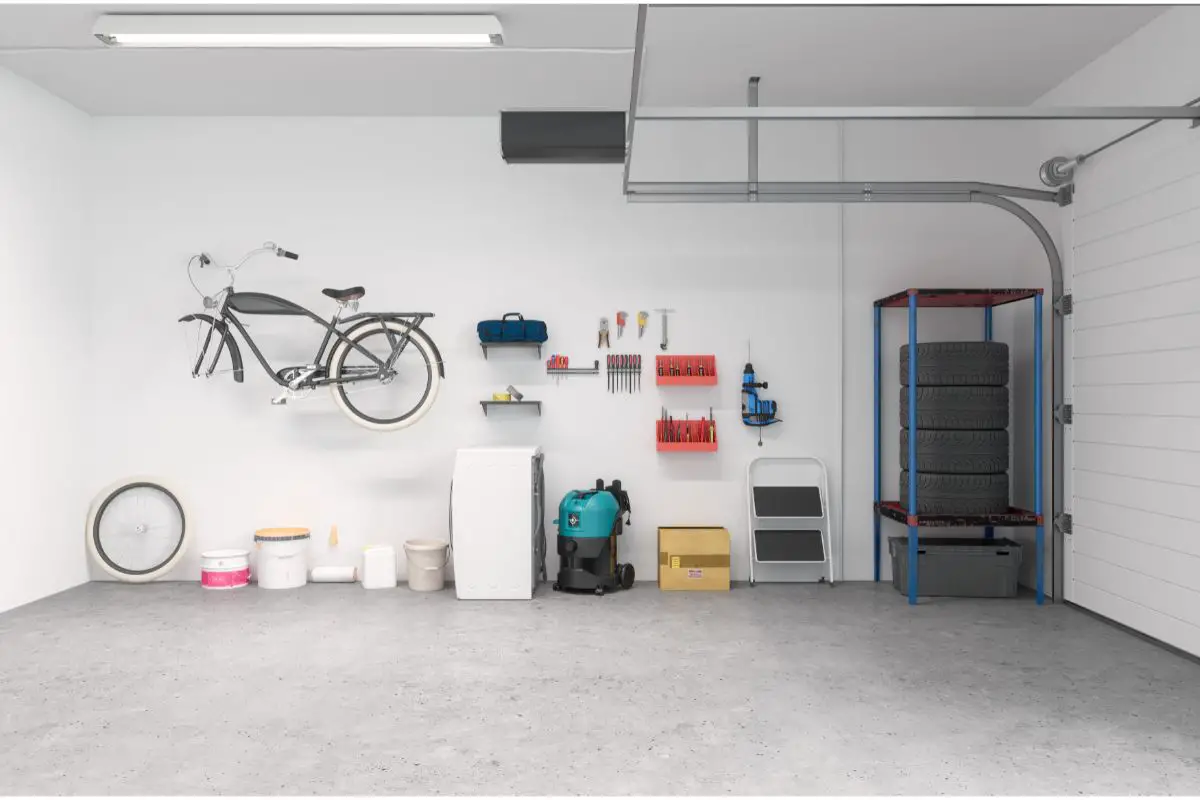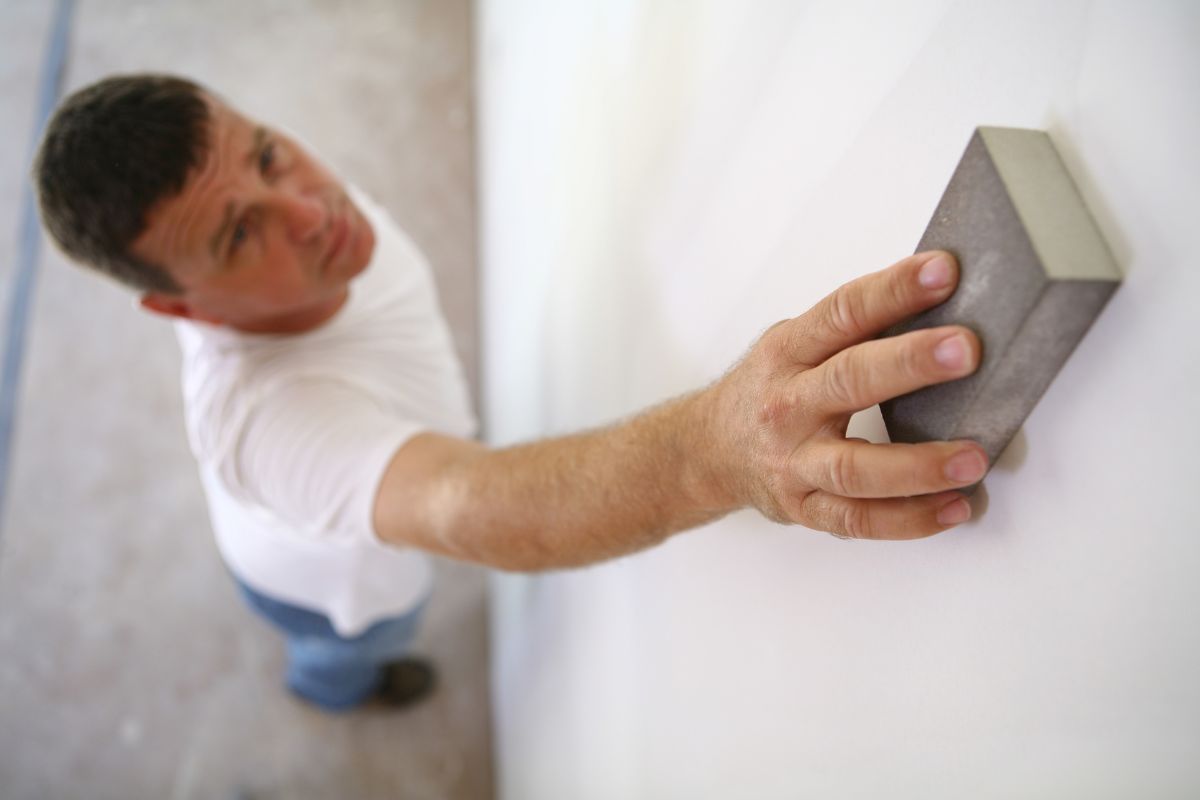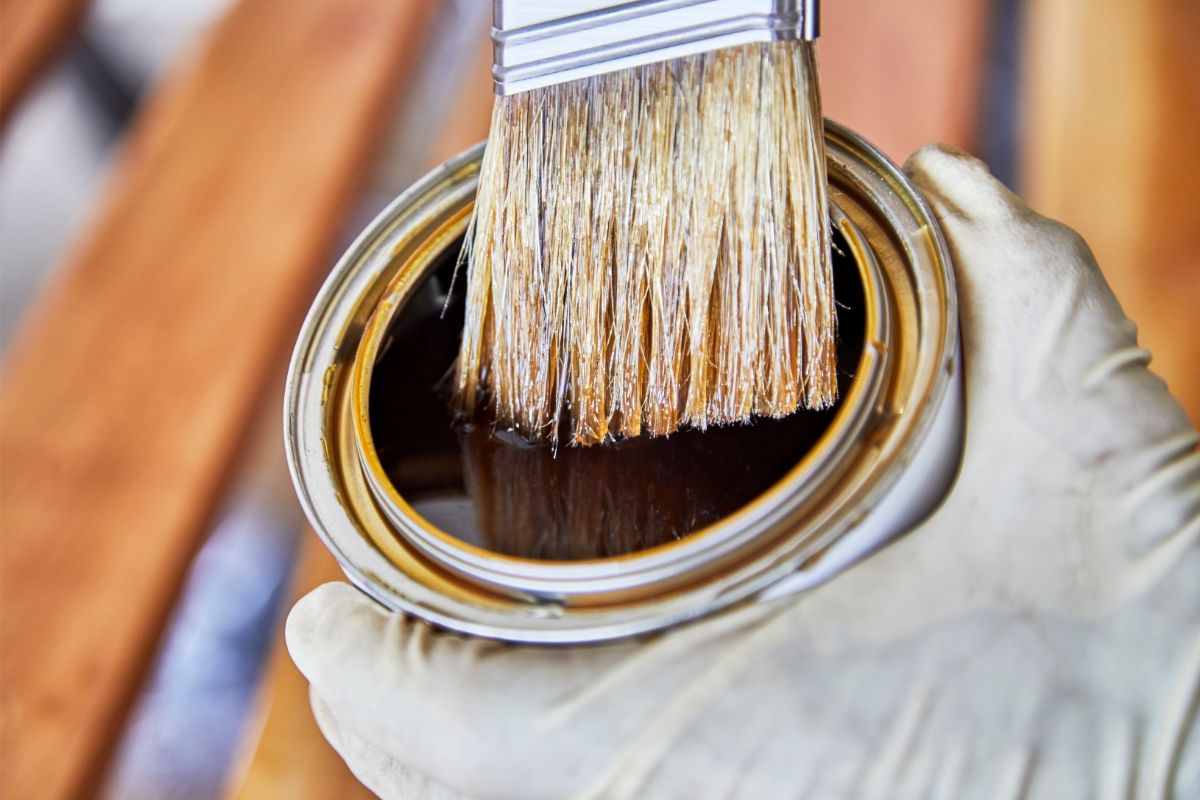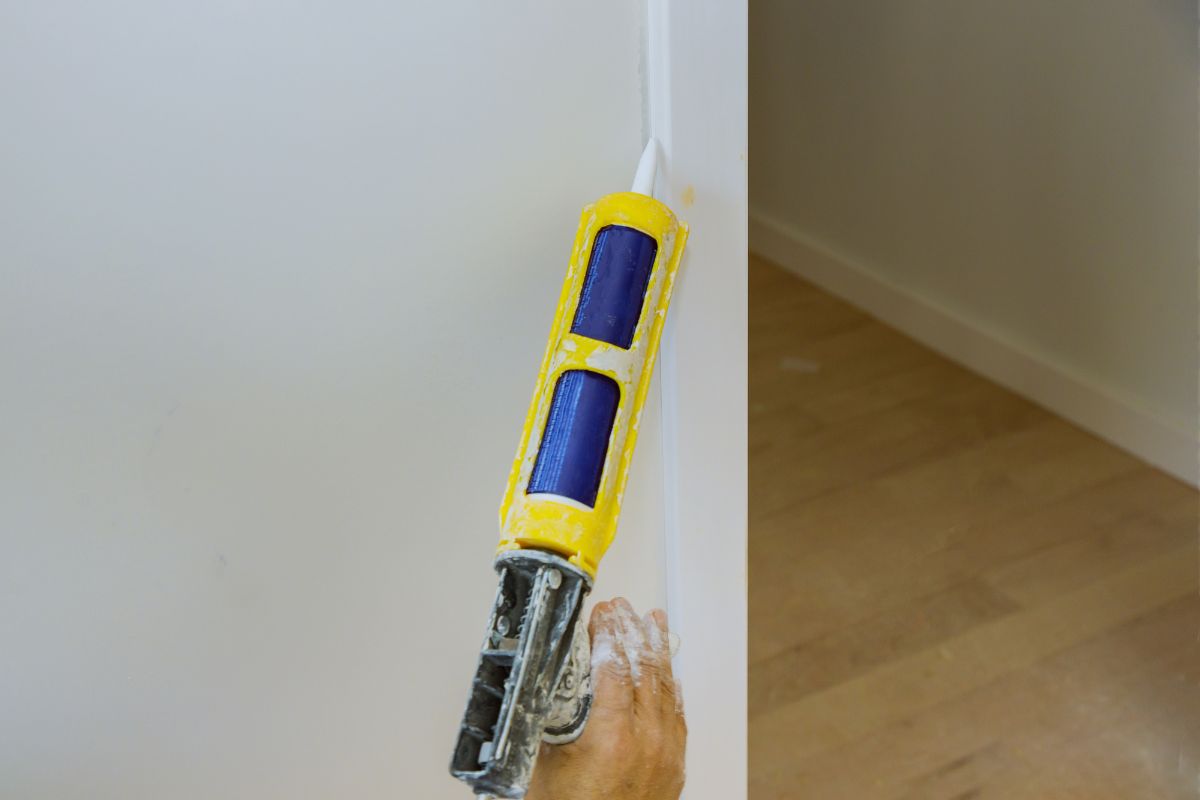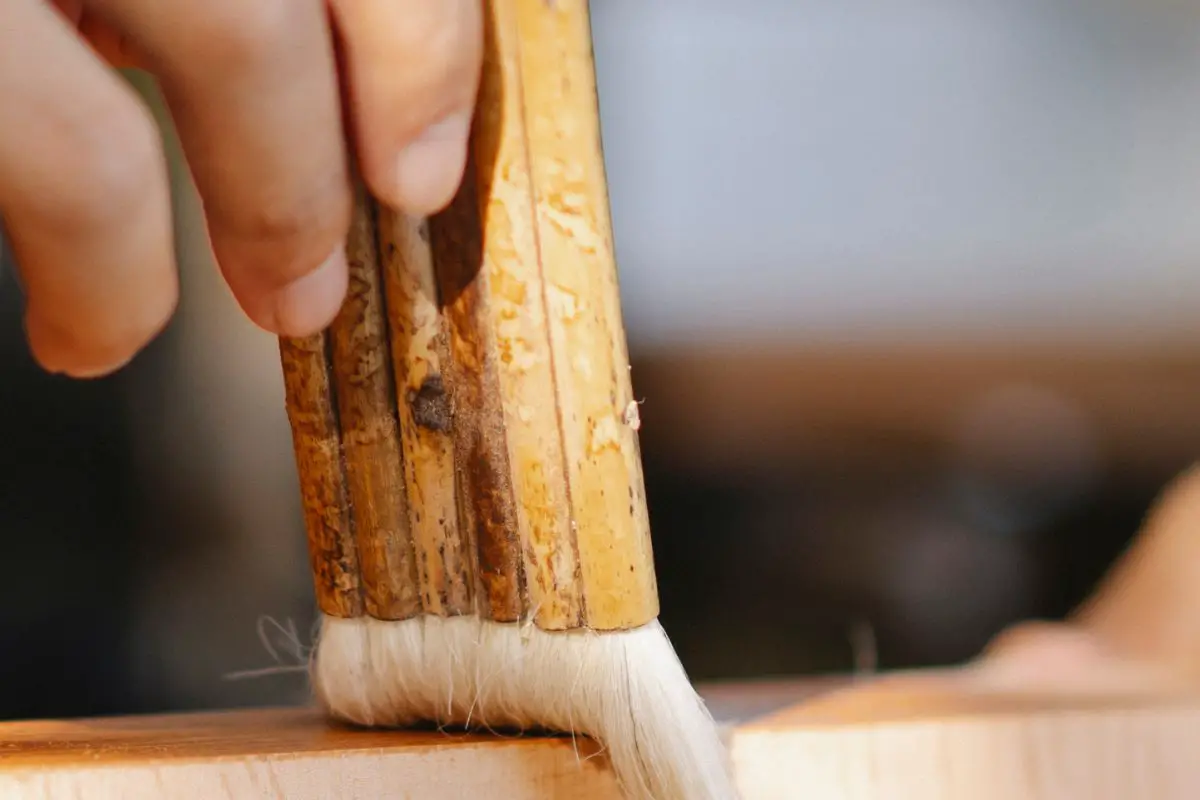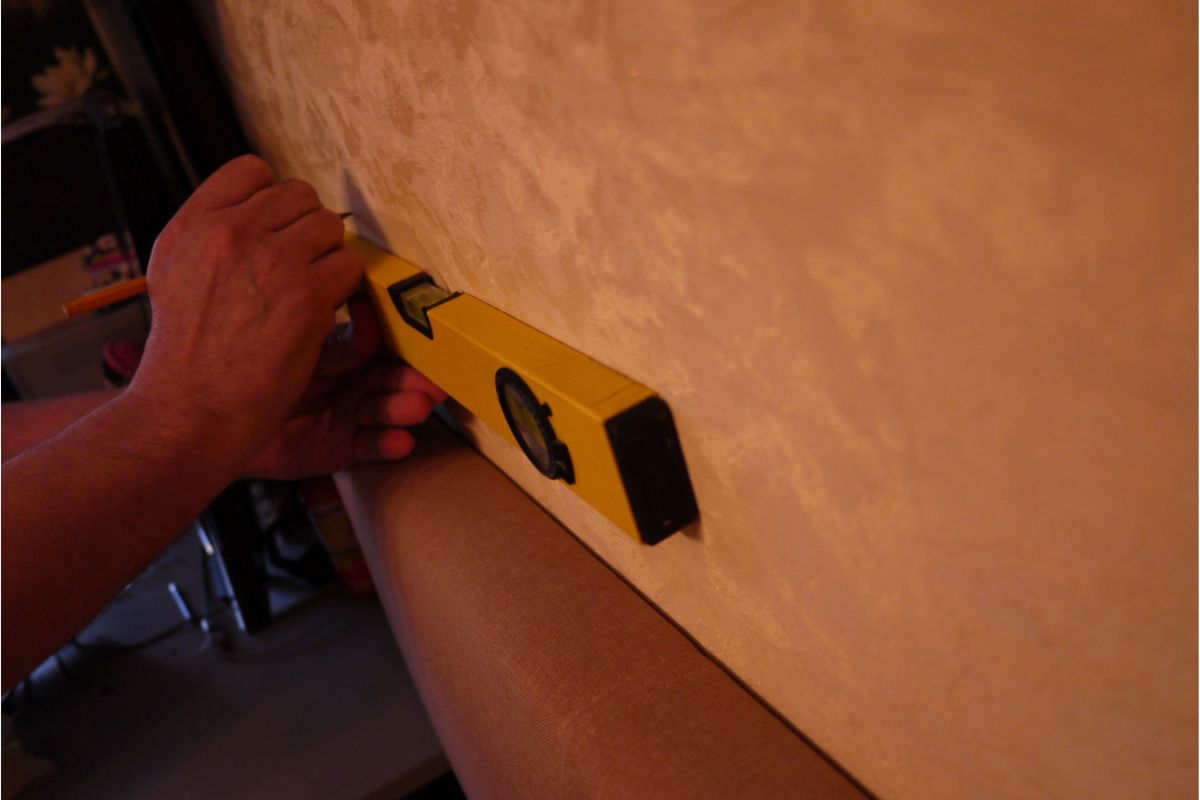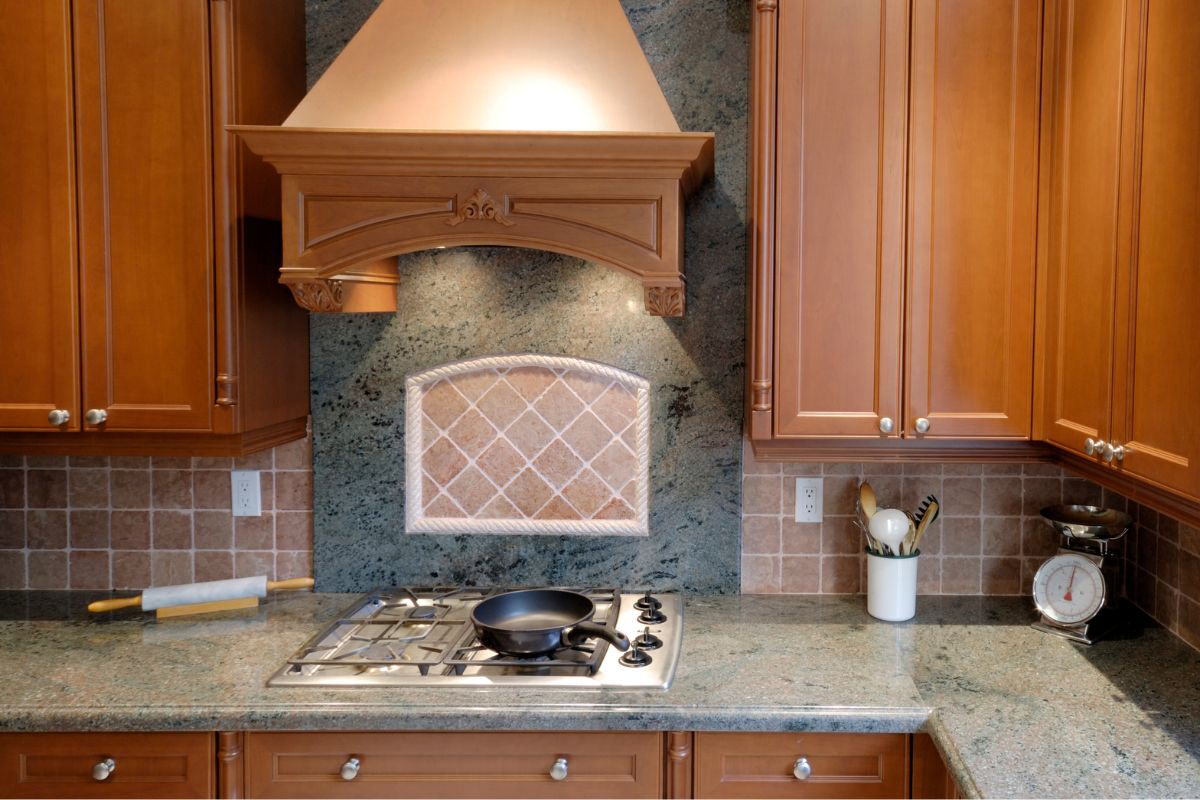Wood glue is an essential tool for anyone that works with wood. It’s a great way to ensure that your wood stays secure during your woodworking projects and can make joints neat and clean without the need for any nails.

However, wood glue takes time to dry. Trying to move ahead with your project before an area of glue has dried can often cause problems and can even result in your project falling apart.
That’s why it’s important to know how long wood glue takes to dry.
If you’re relatively new to woodworking or are considering using a different type of glue, you may not know how much time you have before your glue begins to set and how long until it is dry.
That’s why we’ve written this article to help.
The Difference Between Drying And Curing
Before we start, let’s begin by defining the difference between drying and curing. You will see both of these terms used and although it may seem like they mean the same thing, this is not the case.
When we speak of wood glue drying, we are referring to how long it takes for the glue to be dry to the touch. When wood glue is dry, it is safe to remove any clamps you have in place as you can be sure that your project won’t fall apart.
However, that doesn’t mean that the glue is completely bonded and is as strong as it is going to get. Even when the glue has reached its dry stage the chemical reactions in the glue still continue.
This period of time is known as the curing time. When the glue is fully cured and all of the chemical reactions have ceased, you can apply your finish and use your project safely.
Types Of Wood Glue
There are several different types of wood glue and they all have their own drying times. The amount of time it will take for your wood glue to dry depends on the type of glue that you use.
Let’s take a look at some of the most common types of glue used for wood.
Polyvinyl Acetate (PVA)
This is probably the most common type of wood glue. If you purchase any wood glue that doesn’t have many details on the label about the type of glue it is and what it does, it’s highly likely that you have a form of PVA glue.
It’s the general and all-purpose wood glue that can be used for virtually any woodworking job.
Typically, PVA wood glue will start to bond within around 30 minutes. It’s best to work quickly with this glue and get your wood in position and clamped within 30 minutes. It will take around 24 hours to fully cure, however.
Polyurethane
This type of glue is used for a wide variety of different materials such as plastics, stone, and ceramics. It’s often used in woodworking to fill in small gaps.
Wood glued with polyurethane should be clamped within two hours and it will take around 24 hours to fully cure.
Epoxy
Even without any labels, you will easily be able to tell epoxy apart from other types of wood glue. It’s much thicker and is a two-part product as you need both resin and hardener.
When it comes to woodworking, epoxy is usually used for small repairs.
As soon as you apply the hardener to the epoxy resin, it will be dry. Full cure can take between 6 to 24 hours, however, depending on whether you have rapid-set epoxy or the regular kind.
Cyanoacrylate
You will know this better as super glue and it is ideal for small and on-the-spot repairs. It can dry within a few minutes but a full cure can take up to 24 hours.
What Factors Affect Drying Time?
There are several factors that can affect both the drying and curing time of wood glue.

Environmental Factors
The most common of these factors are:
- Temperature
- Humidity
- Moisture in the wood
For example, both PVA and polyurethane are negatively affected by low temperatures. If the temperature is below 45 to 50 degrees Fahrenheit, it’s likely that these types of glue won’t dry at all.
PVA glue has a high water content so if the temperature drops too low, the glue can actually freeze. This is also why high humidity or moisture in the wood will cause PVA drying times to increase.
PVA glue doesn’t need any more water added to the mix!
In contrast, polyurethane glue is water-activated and usually benefits from a little extra water. If you’re working with damp wood or in a high-humidity environment, polyurethane glue will dry more quickly than PVA glue (see also “How Long Does Polyurethane Take To Dry?“).
If you’re working in a dry environment and want to use polyurethane glue, we recommend adding a little moisture to the wood with either a spray or damp cloth.
Too Much Glue
Another major factor in the length of time it takes glue to dry is how much glue you use. Although you may be tempted to use a thick coating of glue to cover the entire joint, you should avoid doing this as it is unnecessary.
Applying too much glue will also extend your drying time greatly. You may find that the top layer of the glue (the skin) feels dry but underneath this, the glue will still be wet.
Using too much glue can also make your joints weaker as the glue will flood the fibers of the wood, causing them to swell and put pressure on the joint.
Final Thoughts
In this article, we looked at how long it takes for wood glue to dry. We found that it depends on the type of glue and there are also several environmental factors that can affect the drying time.
- What Kind of Room Has No Doors or Windows? - December 1, 2023
- What is a Powder Room? - December 1, 2023
- What Is a Kitchenette: Exploring the Features and Benefits of a Compact Kitchen - December 1, 2023


